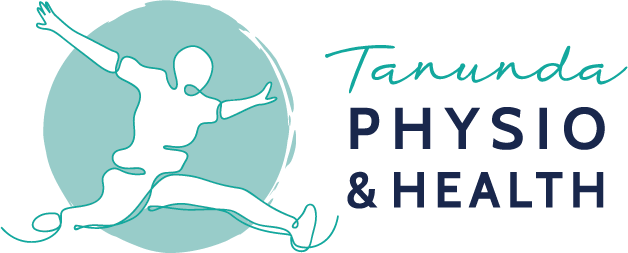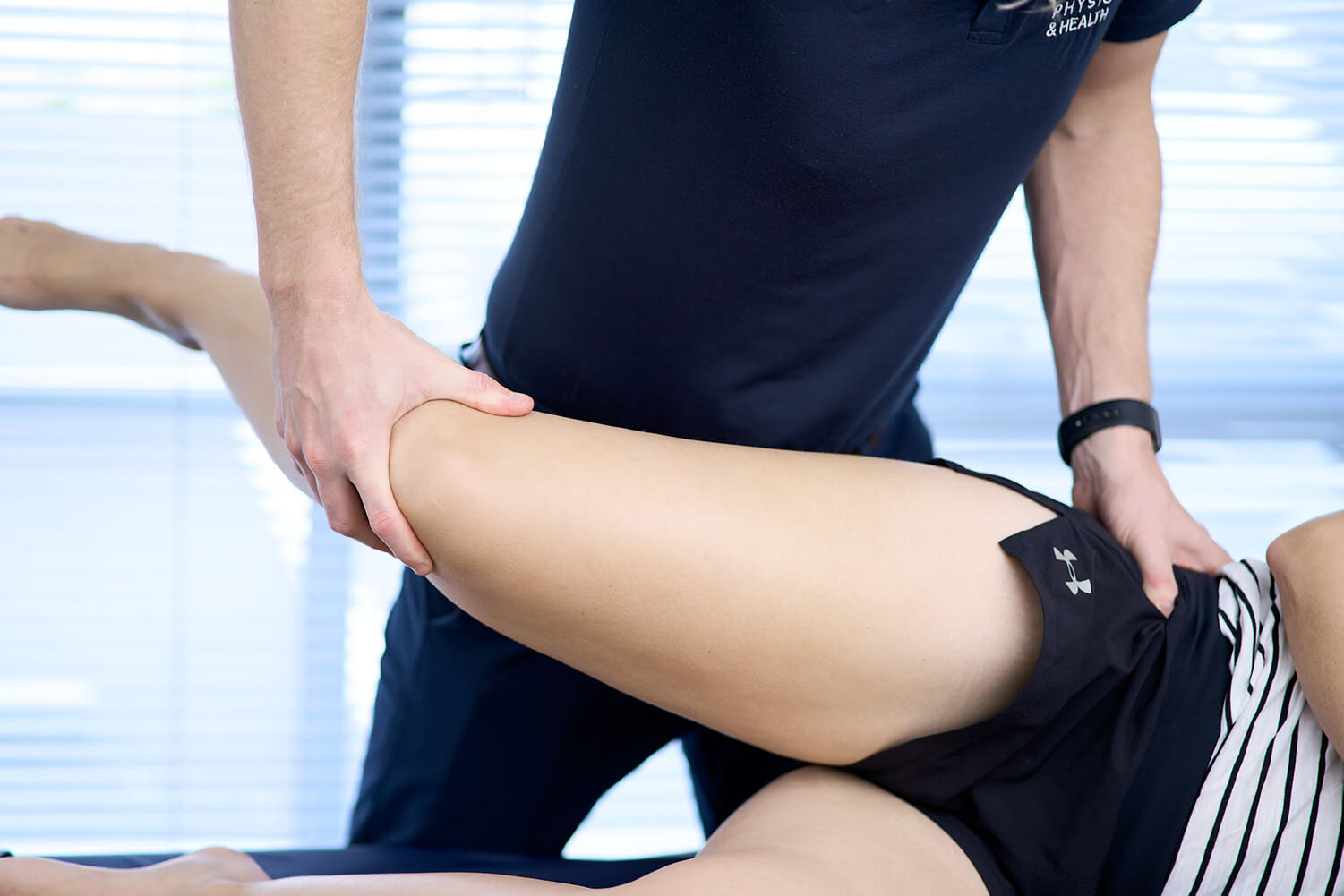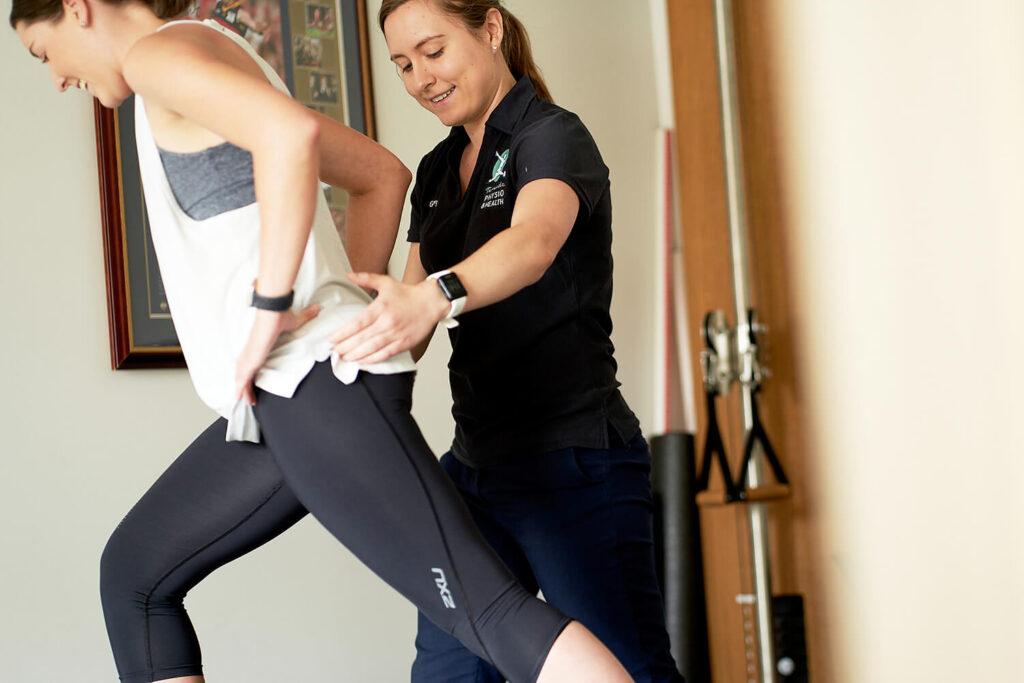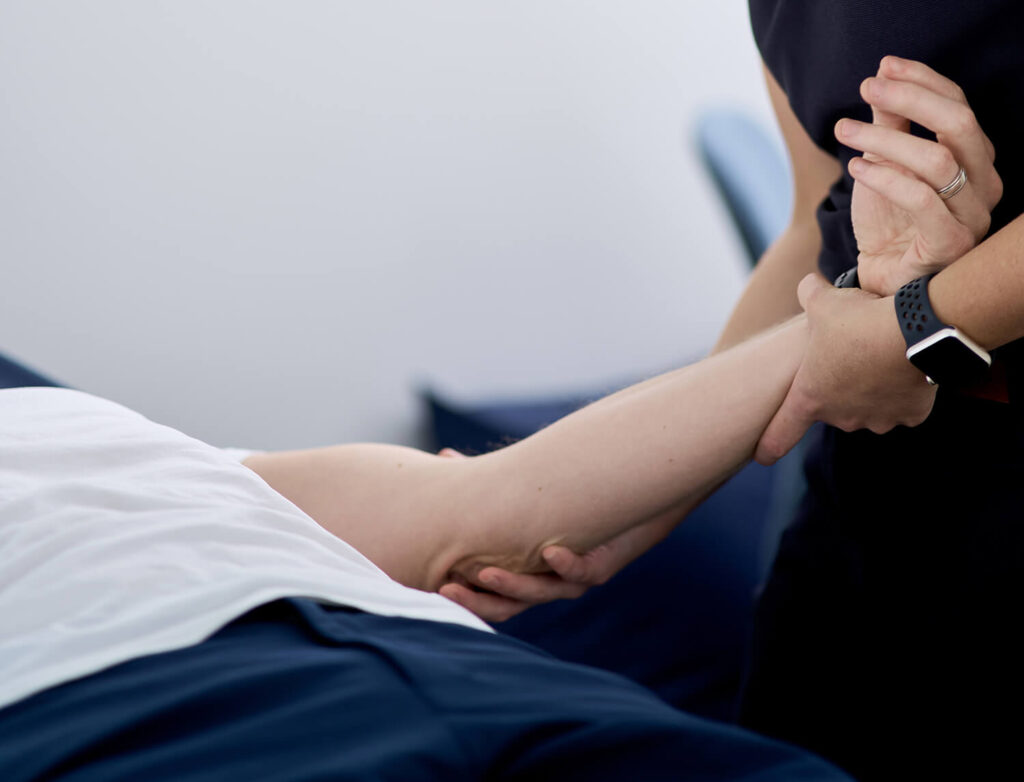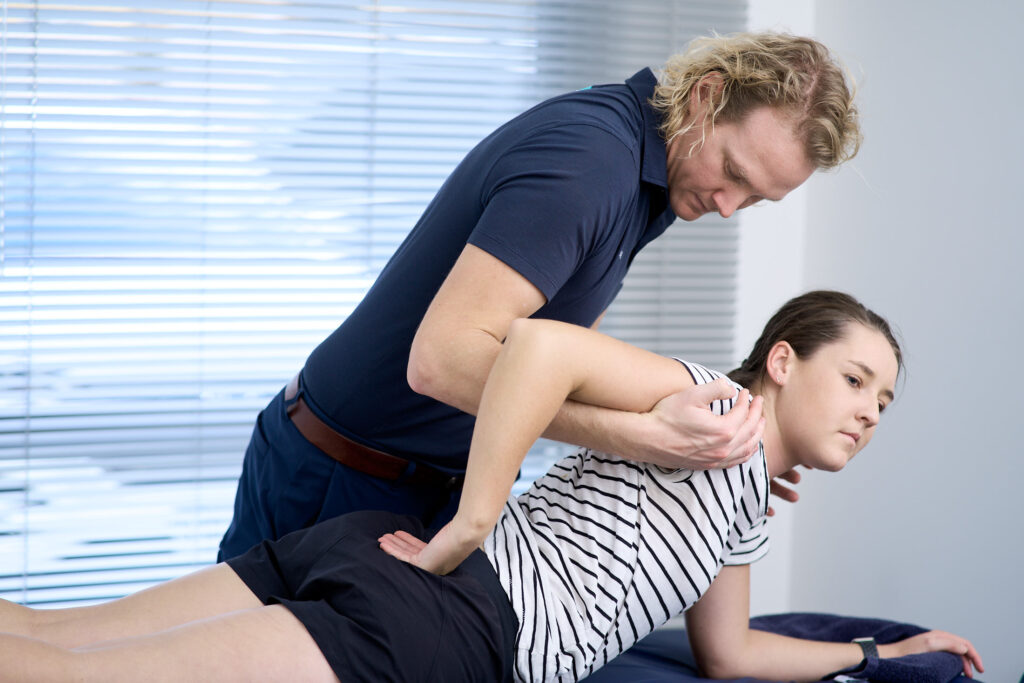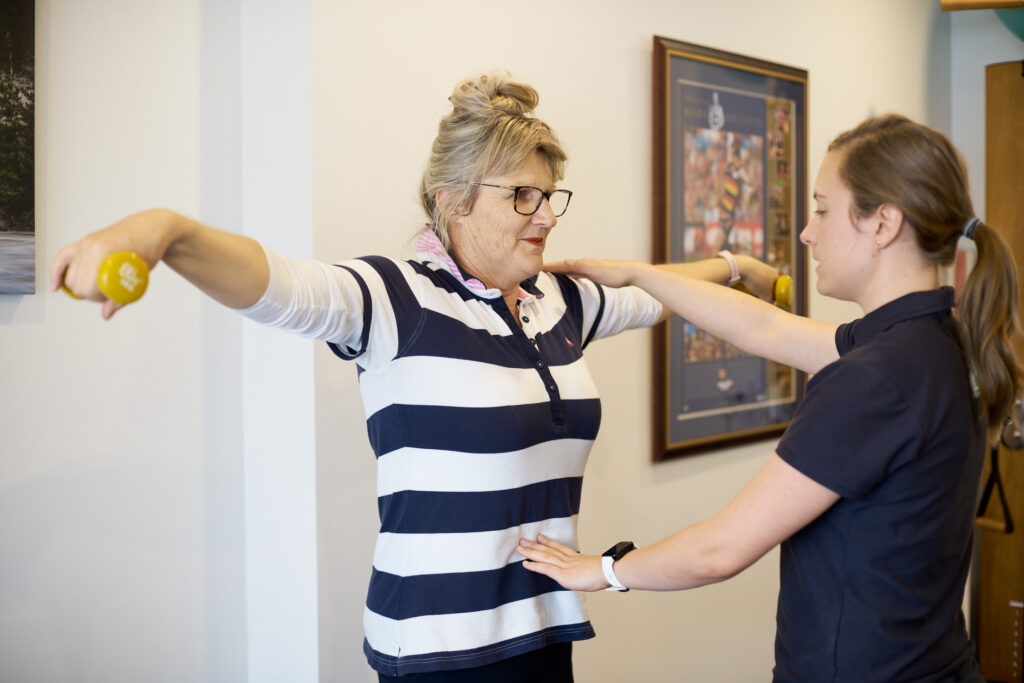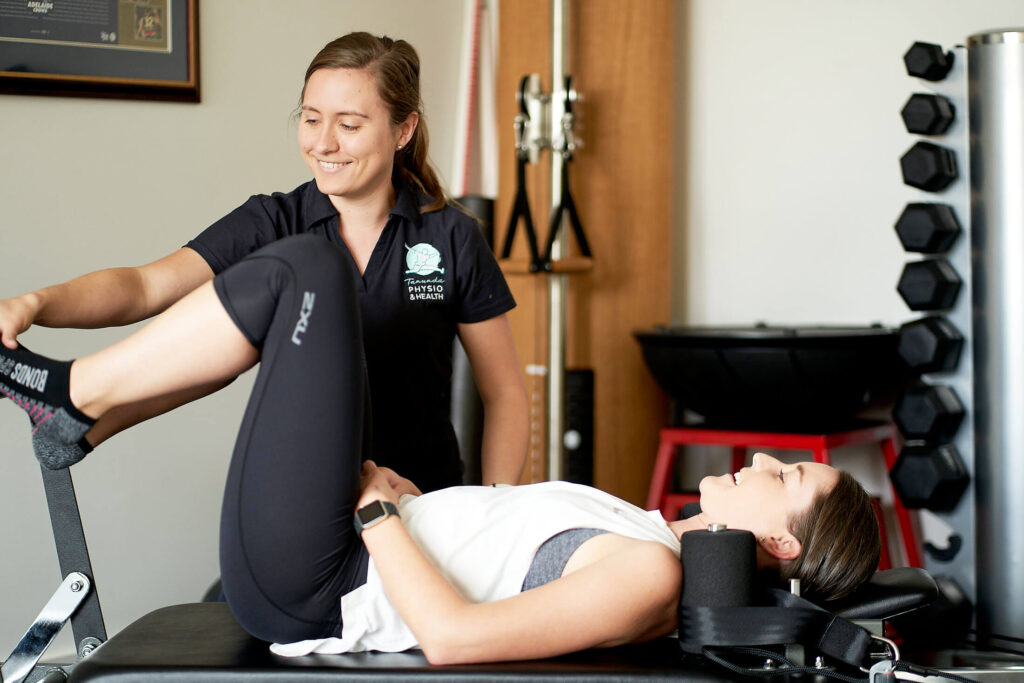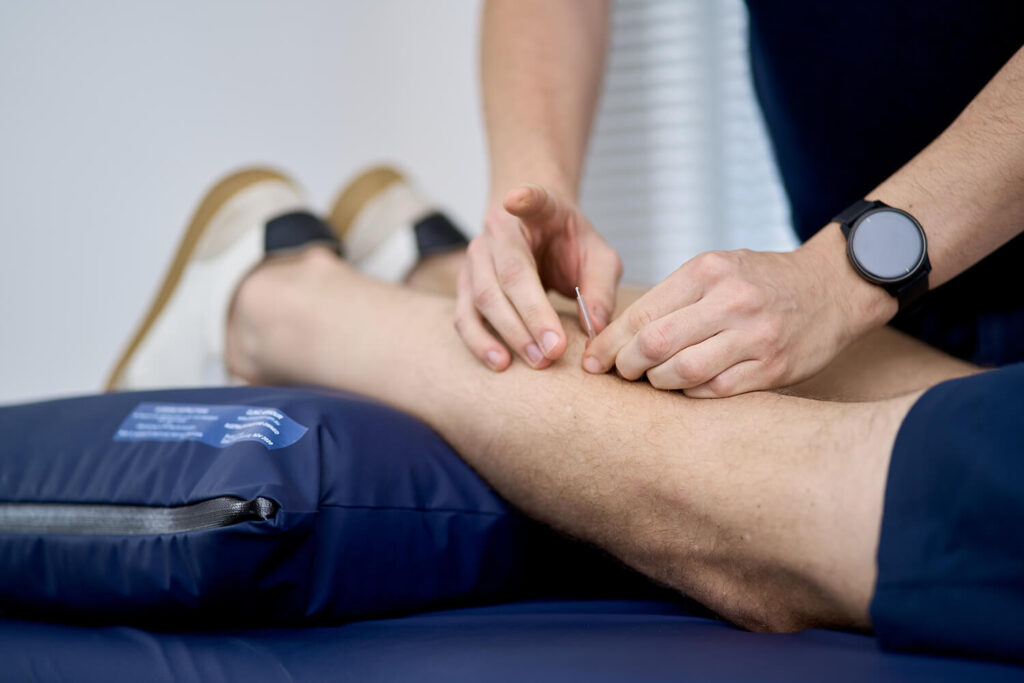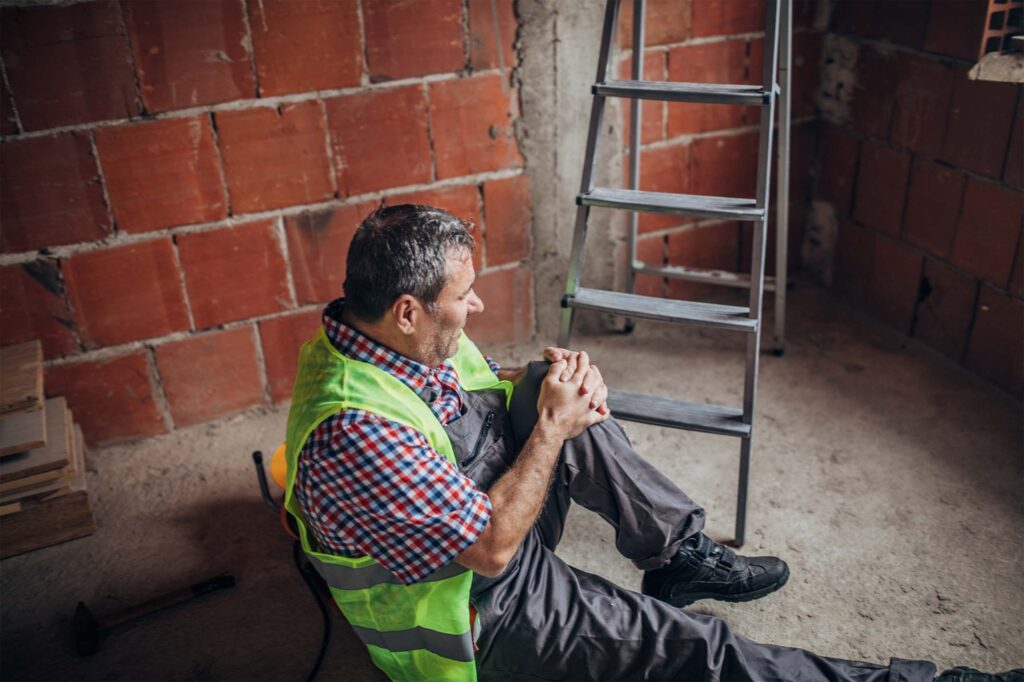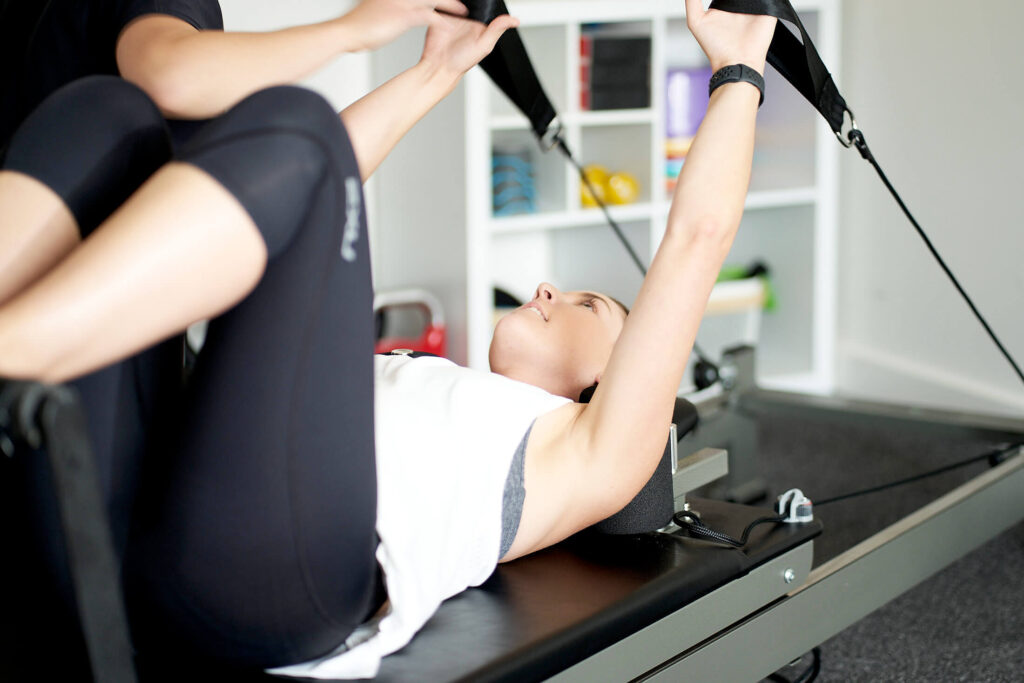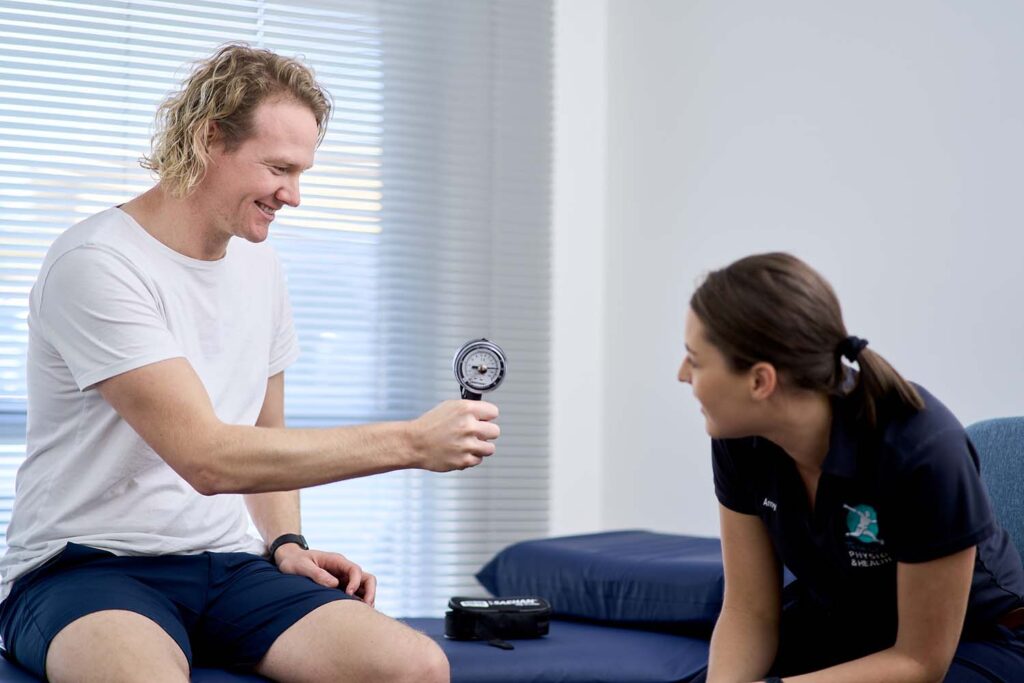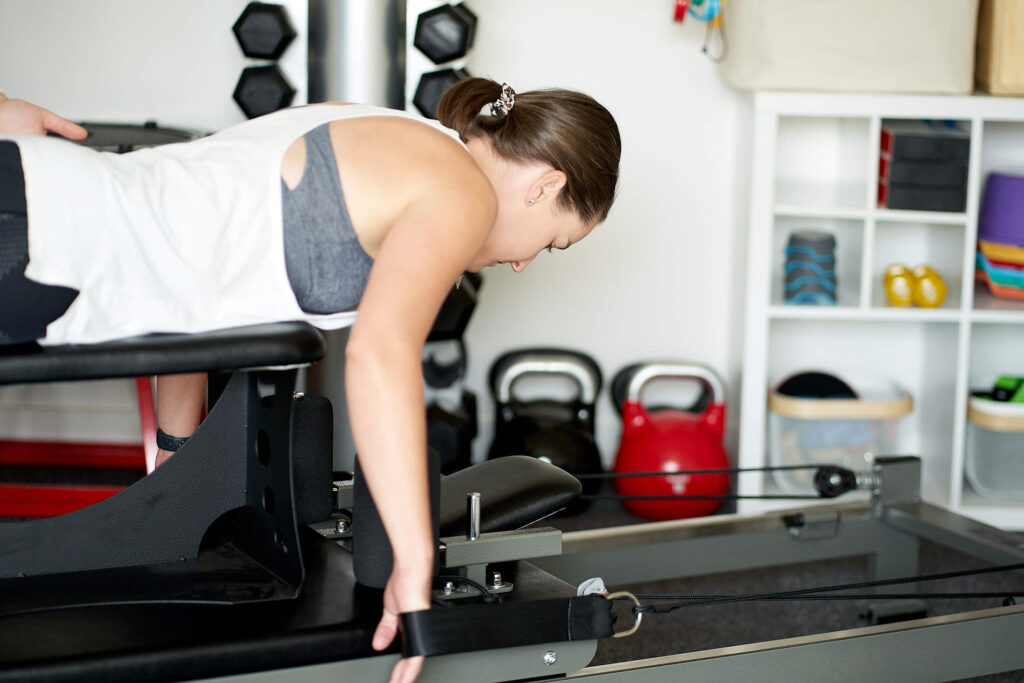Waking up with a pain in the neck that prevents you from moving isn’t a great feeling! Driving the car is especially hard (how do…
Does Your Scan Explain Your Pain?
KEY POINTS
- Many people have scans that show degeneration and never experience any pain.
- These findings on scans are often a natural part of ageing.
- Scans are used as an addition to a health professional’s assessment to provide more information and help guide treatment.
- If people can live pain free with scans showing deterioration, then it is very likely that you can too.
Patients tend to bring up the topic of scans to their physiotherapists in two ways-
- My x pain is bad- should I get a scan?
- I have scans that show x. No wonder I can’t do (insert activity here)
The belief is that scans reveal the exact cause of their issue. But is this really the case? More evidence is becoming available showing that the nasty things that show up on scans aren’t necessarily what causes us pain.
Scans on people without symptoms
The table below from Return to Work SA shows how common degeneration is in the backs of people with no pain.
At 50 years of age, 80% of people showed some disk degeneration, and 60% had a disk bulge. None of them had any symptoms.

Multiple scans on the same person.
A 2019 study2 looked people with only one painful shoulder. They found that the scans of painful and non-painful shoulders on the same person often looked almost identical. Not only that, over three quarters of shoulders had rotator cuff tendinopathy and joint changes (both painful and not painful).
A similar study3 looked people with only one painful hip, and again, degeneration was found in in both painful and non-painful hips.
Ability to predict future pain
“Ok” you say, “they don’t have pain now. But with all that ‘damage’ their scans show, surely they will in the future?” The answer seems to be no.
A 2003 study4 found that 40% of throwing athletes with no shoulder pain had scans showing a rotator cuff tear. 5 years later, those athletes were still pain free.
In 2017, another study5 looked at people who had previously had lower back pain, and followed them for 10 years. They found that MRI findings were unable to predict if a person would have pain in the future on not.
The fact is that these changes are often a normal part of ageing which starts quite early. Just like how our skin may get wrinkly and our hair grey, joints and muscles can show their age. But this doesn’t necessarily mean you will be in pain. Often these scan findings may have been around well before your pain started.
Then what Is Causing Pain?
While things found on scans are can be sources of pain, often the pain is actually related to inflammation.
When we are moving well, there is minimal load through the joints and tissues, and there is very little inflammation. However, changes to this loading can cause inflammation to drastically increase. Many things may cause this, such as muscle weakness or tightness changing the way we move away from what is “optimal”. The cause of your pain isn’t always where you feel it.
So, when is a scan useful?
During an assessment, a health professional may request a scan to confirm or deny their suspicion of what is going on.
Other times there may be “red flags”- signs of something potentially more serious. In these cases a health professional may request a scan to make sure anything serious isn’t missed- better safe than sorry!
The key is that scans are used to provide additional information to a clinician’s assessment to help guide treatment. Remember, the person writing the scan report is simply describing what they see. Not all findings are relevant, or painful, and so they must be carefully interpreted. Your health professional can talk you through your scans, and guide you on when a scan may be useful.
What if I am in pain and have a scan showing x?
There is some good news! Remember, many people have similar scan findings and live without pain. This means there is a good chance that your pain can be reduced or even eliminated.
Physiotherapy can help by thoroughly assessing your movement patterns to find what is driving your pain. By helping you to move correctly, we can reduce loading through the body to improve your symptoms and get you back doing what you enjoy.
- Return to Work SA 2019, Spinal Imaging Asymptomatic Patients, Return to Work SA, viewed 6 February 2019, <https://www.rtwsa.com/__data/assets/pdf_file/0003/87402/spinal-imaging-in-asymptomatic-patients.pdf>.
- Barreto R, Braman J, Ludewig P, Ribeiro L, Camargo P (2019) Bilateral magnetic resonance imaging findings in individuals with unilateral shoulder pain. J Shoulder Elb Surg, 1-8. doi:10.1016/j.jse.2019.04.001
- Vahedi H, Aalirezaie, A, Azboy I, Daryoush T, Shahi A & Parvizi J (2018) Acetabular Labral Tears Are Common in Asymptomatic Contralateral Hips With Femoroacetabular Impingement. Clinical Orthopaedics and Related Research, Publish Ahead of Print.
- Connor, Banks et al. (2003) Magnetic Resonance Imaging of the Asymptomatic Shoulder of Overhead Athletes. A 5-Year Follow-up Study. Am J Sports Med September 2003, Vol. 31, No. 5, 724–727.
- Tonosu, Juichi, Hiroyuki Oka, Akiro Higashikawa, Hiroshi Okazaki, Sakae Tanaka, and Ko Matsudaira. 2017. “The Associations between Magnetic Resonance Imaging Findings and Low Back Pain: A 10-Year Longitudinal Analysis,” 1–10.



